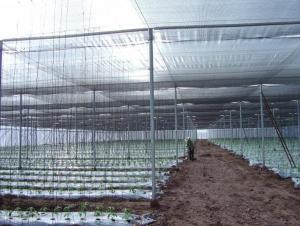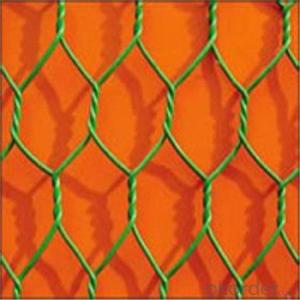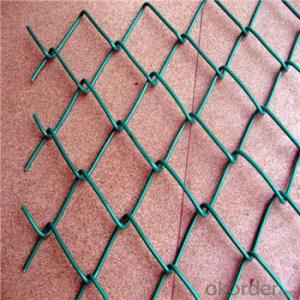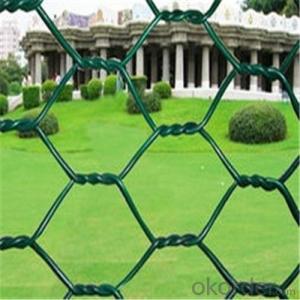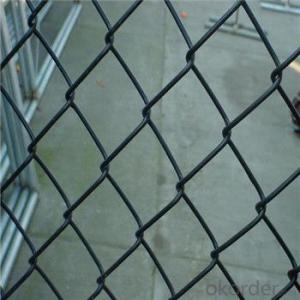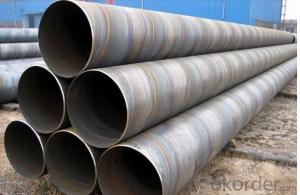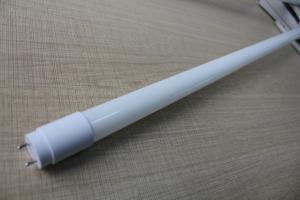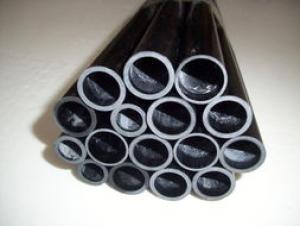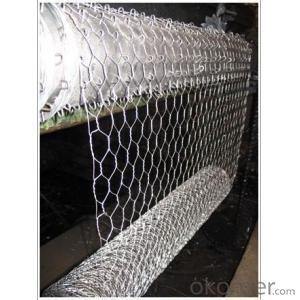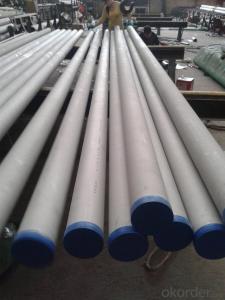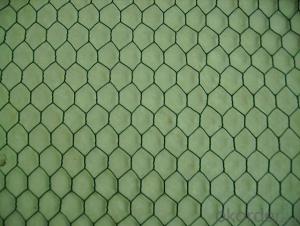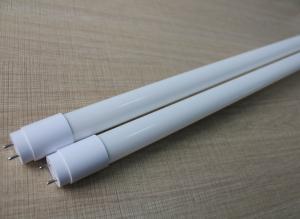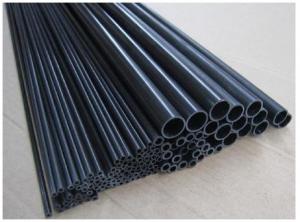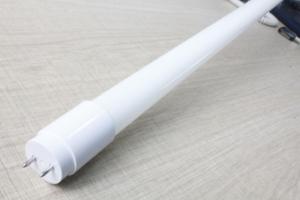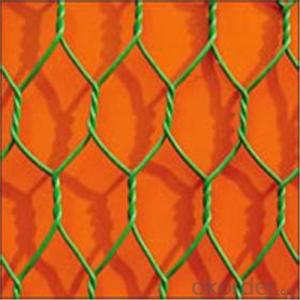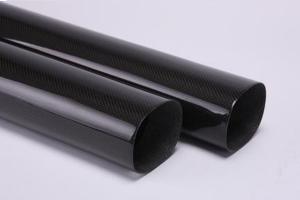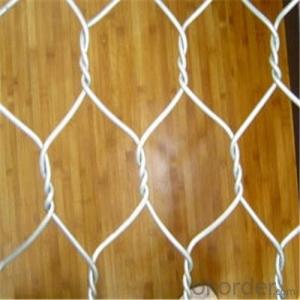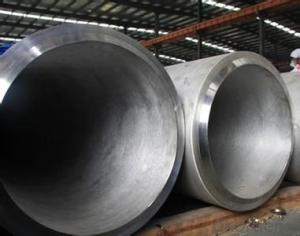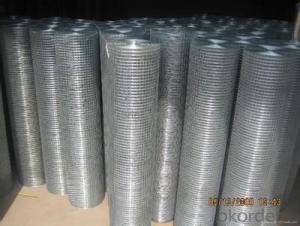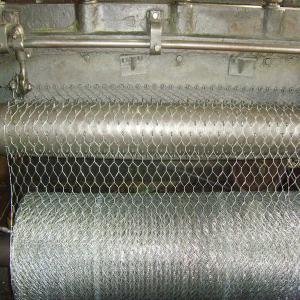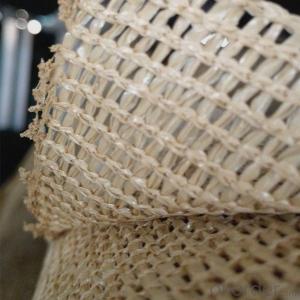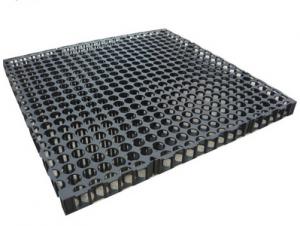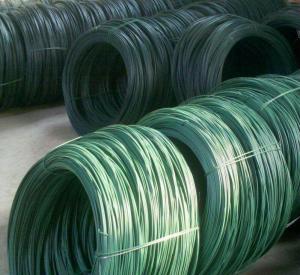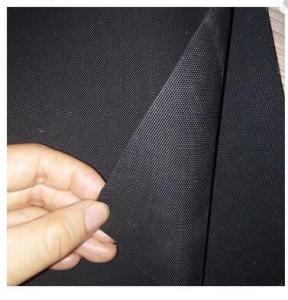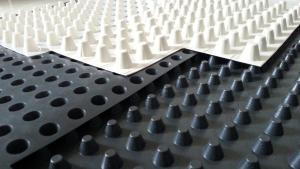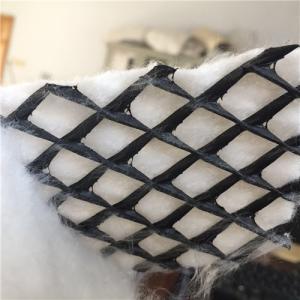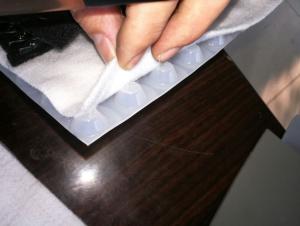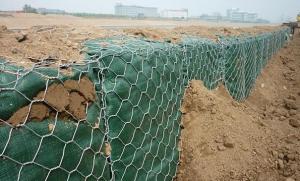Poly Tube Netting
Poly Tube Netting Related Searches
Chicken Wire Stainless Steel Aluminium Modelling Mesh Plastic Garden Netting Uk Plastic Safety Netting Rigid Plastic Netting Plastic Deer Netting Raschel Mesh Poly Tube Netting Barrier Fence Netting Protective NettingHot Searches
Sun Chairs For Sale Garden Slabs Sale Garden Bench Sale Wire Netting Prices Garden Supply Company Catalog Local Garden Supply Stores Shade Netting Manufacturers South Africa Agricultural Netting Suppliers Used Electrical Wire For Sale Watch The Wire Online Season 4 Watch The Wire Free Online Watch The Wire Remastered Online Used Hotel Furniture Online Wire Netting Prices Wire App Store Shade Netting Manufacturers South Africa Agricultural Netting Suppliers Aluminium Wire Mesh Manufacturers India Wire Netting Prices Lighting Supplier SingaporePoly Tube Netting Supplier & Manufacturer from China
Okorder.com is a professional Poly Tube Netting supplier & manufacturer, offers integrated one-stop services including real-time quoting and online cargo tracking. We are funded by CNBM Group, a Fortune 500 enterprise and the largest Poly Tube Netting firm in China.Hot Products
FAQ
- Geosynthetic materials are commonly used in railway bridge construction to enhance the stability, durability, and performance of the infrastructure. These materials, such as geotextiles, geogrids, and geomembranes, are employed in various ways. Geotextiles are often used as separation or filtration layers to prevent soil erosion and maintain proper drainage. Geogrids provide reinforcement to the soil, increasing its load-bearing capacity and reducing settlement. Additionally, geomembranes act as impermeable barriers to prevent water penetration and protect the bridge structure from potential damage. Overall, geosynthetic materials play a crucial role in ensuring the long-term functionality and safety of railway bridges.
- Geogrids offer numerous benefits in slope reinforcement. Firstly, they enhance the stability of slopes by distributing the tensile forces applied to the soil, preventing soil erosion and potential slope failure. Secondly, geogrids improve the overall bearing capacity of slopes, allowing for increased load-bearing capacity and safer construction on steep slopes. Additionally, they help to reduce construction costs and time by reducing the amount of excavation and fill material required. Geogrids also promote vegetation growth, as they allow for better water drainage and retention, leading to improved ecological conditions. Overall, the use of geogrids in slope reinforcement provides cost-effective and sustainable solutions for slope stability and erosion control.
- Using geogrids in reinforced soil structures offers several benefits. Firstly, geogrids provide enhanced stability to the soil by distributing and transferring loads, reducing the risk of slope failure or settlement. They can also increase the bearing capacity of the soil, allowing for the construction of structures on weak or soft ground. Additionally, geogrids improve the overall performance of the reinforced soil structure by preventing soil erosion and retaining the structure's shape. They also minimize differential settlement, which helps in maintaining the integrity and longevity of the structure. Furthermore, geogrids are cost-effective compared to traditional construction methods as they require less excavation, backfill material, and labor. They are easy to install, lightweight, and can be customized to fit specific project requirements. Overall, the use of geogrids in reinforced soil structures provides increased stability, improved performance, cost savings, and a longer lifespan for the structure.
- Geosynthetic products, such as geotextiles and geogrids, play a crucial role in preventing soil erosion in construction sites. These materials are designed to reinforce the soil structure and provide stabilization, thereby minimizing the impacts of water flow and soil movement. Geotextiles act as a barrier, allowing water to pass through while retaining soil particles, preventing their displacement. Geogrids, on the other hand, provide tensile strength to the soil, reducing the potential for erosion and maintaining the integrity of the construction site. Overall, geosynthetic products effectively control erosion by enhancing soil stability, protecting against sediment runoff, and ensuring long-term durability of construction projects.
- The aesthetic options available for earthwork products are diverse and can be tailored to individual preferences and project requirements. Some common options include different colors, textures, and finishes that can mimic natural materials like stone or wood. Additionally, various patterns, shapes, and sizes can be incorporated into earthwork products to create unique and visually appealing designs.
- Geotextile tubes offer several advantages in coastal protection structures. Firstly, they provide an effective and cost-efficient solution for erosion control and shoreline stabilization. These tubes can be quickly and easily installed, reducing the time and labor required for construction. Additionally, geotextile tubes are flexible and adaptable, allowing them to conform to the shape of the coastline and withstand varying wave conditions. They also have a high strength-to-weight ratio, making them capable of withstanding significant hydrostatic pressure and storm events. Moreover, geotextile tubes are environmentally friendly, as they can be filled with locally available materials, reducing the need for transporting large quantities of sand or gravel. Overall, the use of geotextile tubes in coastal protection structures provides a durable, cost-effective, and sustainable solution for maintaining and protecting vulnerable coastlines.
- Geosynthetic products, such as geotextiles and geogrids, play a crucial role in preventing soil erosion in public parks. These materials act as a protective layer that stabilizes the soil, preventing it from being washed away by water or blown away by wind. Geotextiles, for example, are permeable fabrics that allow water to pass through while retaining soil particles, providing stability to slopes and preventing erosion. Geogrids, on the other hand, reinforce soil by providing additional tensile strength, distributing loads, and reducing soil movement. By using geosynthetic products in park design and construction, we can effectively mitigate soil erosion, preserve the park's aesthetic appeal, and ensure the long-term sustainability of these public spaces.
